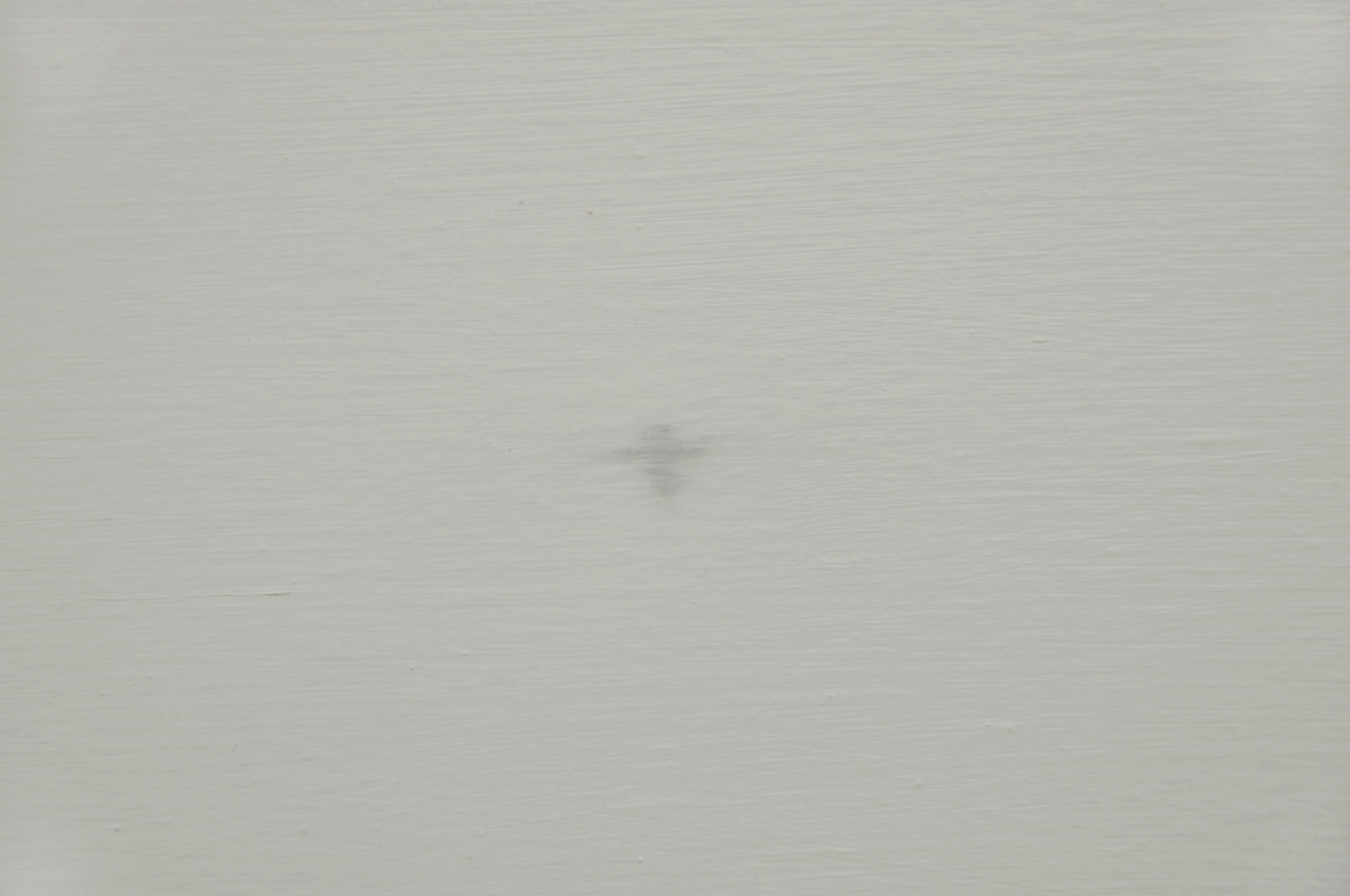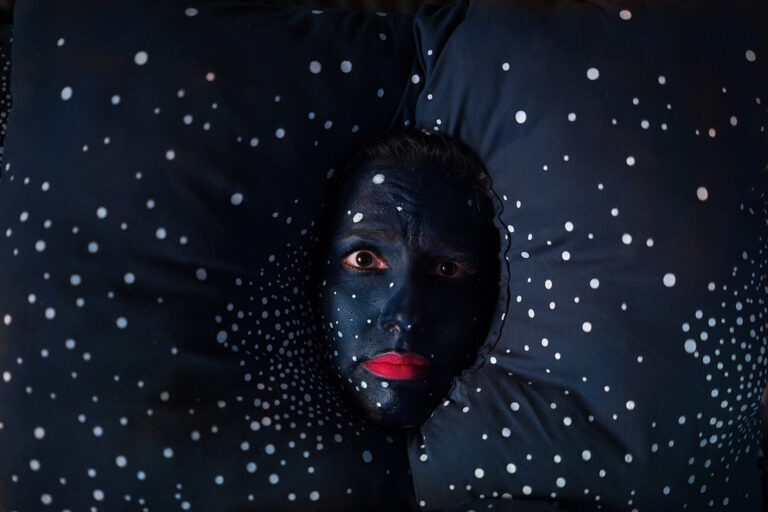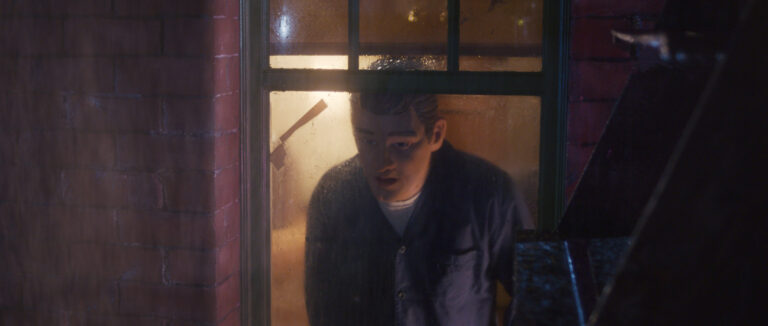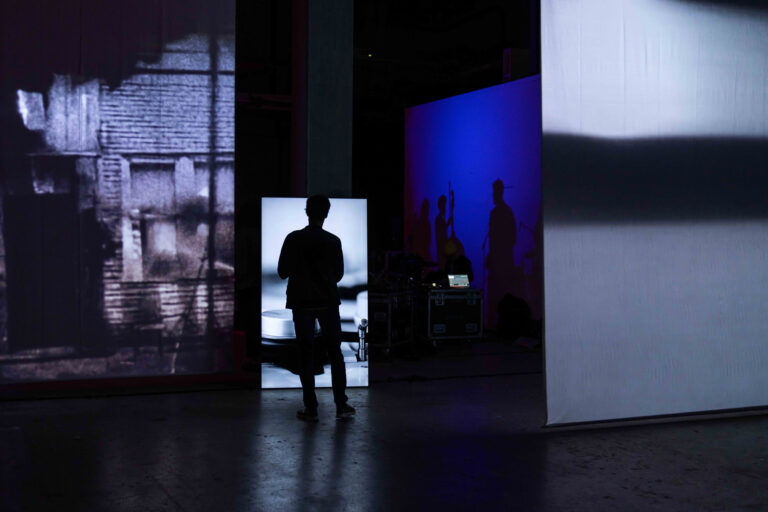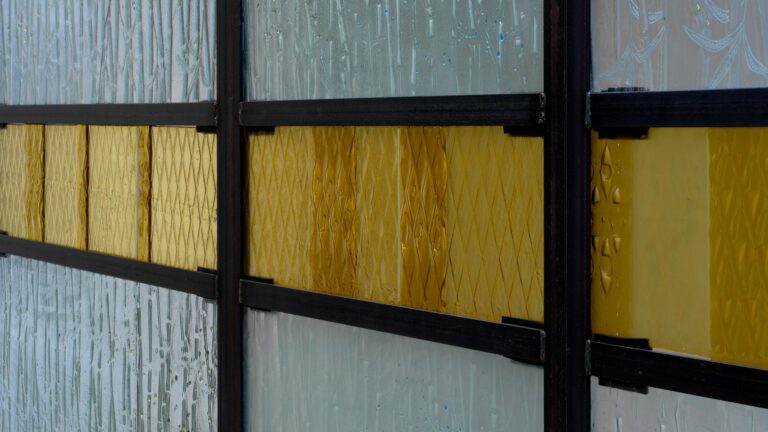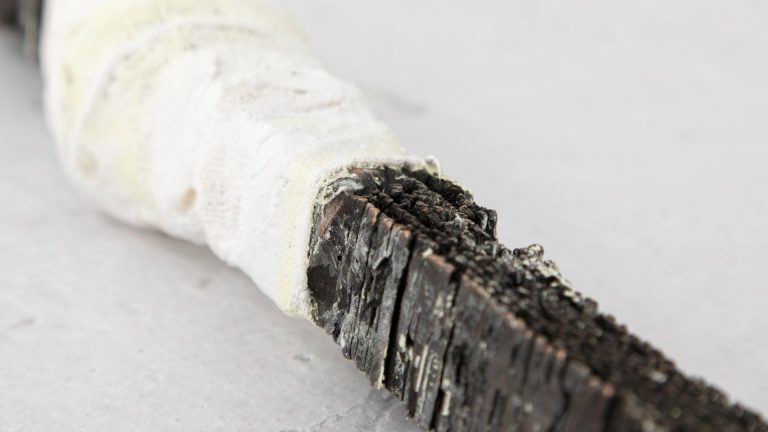Artists: María Alcaide, Bernat Daviu, Helena Vinent, Ian Waelder
Exhibition title: I’ve got a suitcase of memories that I almost left behind, Time after time
Curated by: Kiki Petratou
Venue: JOEY RAMONE, Rotterdam, The Netherlands
Date: November 13, 2021 – January 15, 2022
Photography: all images copyright and courtesy of the artist and JOEY RAMONE, Rotterdam
I’ve got a suitcase of memories that I almost left behind
Time after time
As I am scribbling down these lines Cindy Lauper tunes on the background and gives me the hint to think about the perpetual concept of time not only as a succession of minutes but time in relation to the concept of space as well, the space we occupy, invest in, create, as if our existence is measured by the traces we leave in the space we inhabit: a trail of thought, a sketch, a finished artwork, a homogenous or repetitive display. Due to the current situation of the pandemic we are all still caught in and forced to experience the idea of time and space becomes more relevant than ever.
Time hovers over the artist’s studio and reveals the quotidian processes that occur within. Time pushes forward and the work progresses in line, colour, materiality, form. Time is grounded in a trove of references borrowed from pop culture, craft or art history, a conglomeration of overlapping ideas, systems and conversations.
Time After Time unites the work of four Catalan artists into an exhibition that unfolds in dialogue with architecture that reacts to the present space, relating it to the scale of the human body. By introducing the anthropometric factor the exhibition allows the spectator to set against the object, both literally and metaphorically. The used materials, their origin and physical properties play a key role. Equally important is the social context in which these materials are functioning in everyday life – the nature of the relationship they establish between humans and their surroundings, environment, earth and the sky. Henri Bergson has taught us that a fundamental property of material is its duration, its ability to defy linear, modernist conceptions of time, seen as irreversible movement and progression. Time After Time is looking at how objects/artworks are, rather, multi-temporal, enacting and evoking different times simultaneously; how they speak of time as coexistence rather than succession; and they embody, materially and physically, memory as duration; how they can be used and interpreted as transformative sources, entities in dialogue with space and architecture, parameters that enable these multiple temporalities to find physical expression.
The exhibition adopts a rather minimalistic approach within which the audience is invited not only to assume the role of the spectator but also to become the activator of the exhibited works, to create the meaningful space between them. As we enter the first room where a feeling of spaciousness and lightness prevails we are confronted with Bernat Daviu’s monochromatic paintings suggestive of the play of light and shadow, of what happens within the frame and outside of it. These paintings hold the ability not only to interact with the space around them in a subtle and delicate manner but also to flirt as it where and carry on with the spectator in a way that makes you wonder, is the work playing with the spectator or is the spectator playing with the painting? Equally whimsical is the work of Ian Waelder, which unravels when and if the audience chooses to activate it. Installed quite centrally in the room the mute record player invites the audience not only to give it a voice but also to determine the beginning, the duration and the end of it.
Moving to the next room we are enveloped by a semi darkness where two audiovisual works unfold simultaneously but the aid of headphones establishes equal attention and concentration to each and preserves their individuality. This set up makes me think again of Bergson’s argument of the ‘two faces of time’, not so much for the sake of the set up as such but of the content of the installations and the way they are inviting us to engage and explore further the “objective time”, that is the duration of the work and the second, la durée (“duration”), that is “lived time,” the time of our inner subjective experience. This is time felt, lived, and acted. In a single projection Maria Alcaide’s Arabic-speaking female voice takes us on an historical journey to investigate tactics of colonization and ideological construction. This journey is aided by the presence of subtitles, originally Spanish, English for this exhibition. Helena Vinent’s intelligible voices paired with subtitles as well relate to her way of understanding the world of sound and verbal communication. In both cases subtitles become the vehicles that allow us to reach the ideas and concepts of the works.
All four artists and their works, although different in their research, scope or use of materials are united through their ability to take us on an open journey with no beginning or end but with a rich trajectory full of contemplations, interactions, explorations, insights, activations, urgent questions, old stories, new stories, personal histories, collective memories, interruptions and imaginations.
And so a couple of monochromatic paintings, a sound piece, a video and a mixed media installation look us straight in the eye and urge us to feel, to live and to act.
Time after time is the resulting exhibition from the fourth call of the SAC International Curatorial Residency Program, curated by Kiki Petratou. The participating artists María Alcaide (Aracena, 1992), Bernat Daviu (Fonteta, 1985), Helena Vinent (Barcelona, 1988) and Ian Waelder (Madrid, 1993), have taken part in the Miquel Casablancas Prize 2021.
SAC International Curatorial Residency Program is the residency programme at Barcelona’s Sant Andreu Contemporani, in collaboration with Fabra i Coats – Fàbrica de Creació and the Institut Ramon Llul, available to international curators. Within the framework of this programme, an international curator is selected through an open call, who then forms part of the jury of the Miquel Casablancas Prize for the Visual Arts and develops a curatorial project with a selection of Catalan artists or artists from the Catalan context, chosen from applicants to the prize.
Commissioned by: Sant Andreu Contemporani, Barcelona
Supported by: Institut Ramon Llull and Ajuntament de Barcelona




















